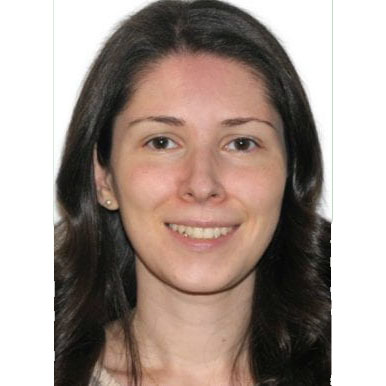Presenter Profile

Michelle Pintea, MD, MPH
Division of Pediatric Emergency Medicine, St. Louis Children's Hospital
Washington University in St. Louis School of Medicine
pintea@wustl.edu
Michelle Pintea, MD, MPH is a third year pediatric emergency medicine fellow at Washington University in St. Louis/St. Louis Children’s Hospital.
Presentations
The Continued Trauma of Unsafe Sleep: A Retrospective Review of Sudden Unexpected Infant Deaths at a Large Tertiary Care Center
Michelle Pintea, MD, MPH
Kathryn Spectorsky, MD
Lindsay D. Clukies, MD, FAAP
Deaths from unsafe sleep environments, which include sudden unexpected infant deaths (SUID), accidental suffocation, and strangulation, continue to account for roughly 3,400 child fatalities annually in the United States. While several seminal national educational campaigns, such as Back to Sleep in 1994, decreased the national SUID death rate, Missouri continues to see high rates of sleep-related deaths, with over one hundred sleep related deaths in infants in 2021. In this study, we seek to identify demographics of infants with a cause of death identified as SUID at a large tertiary children’s hospital.
Patients less than 12 months of age who presented to a level one pediatric trauma center were identified using an established National Trauma Database. A retrospective chart review was conducted, identifying patients with ICD codes including suffocation, asphyxiation, and unsafe sleep environment. Events surrounding the death of the included patients were identified by autopsy report, or if unavailable, by chart documentation at time of presentation. Patients with an underlying medical etiology for their death were excluded. Charts were reviewed for documented parental ages, circumstances regarding event, autopsy report, previous encounters in the medical system, and documented safe sleep conversations. Deprivation index (DI) was assigned by home zip code based on a principal components analysis of six American Community Survey measures by the US census.
A total of 69 patients were identified from 2013– 2022, of which 55 met the inclusion criteria. Of the included patients, 60% had autopsy findings consistent with suffocation or an unsafe sleep event. Of those patients without autopsies or those with inconclusive autopsy findings, all had documentation in the chart regarding unsafe sleep. The average DI of the included patients was .489, a statically significant difference (p<.0001) than the national mean. On our review, 44% of patients had a documented encounter in the Electronic Medical Record (EMR) prior to their death and only 33% had documentation regarding safe sleep-in previous visits in the EMR.
Unsafe sleep, a preventable death, still account for numerous infant deaths. The difference in DI index between our patients and the national average highlight that social determinants of health continue to play a role in preventable death and injury. Our data suggests that only approximately one third of patients had a conversation documented regarding safe sleep before their death. Based on these findings, a targeted injury prevention intervention around safe sleep and documentation is planned.
1. Attendees will learn of the continuing high rates of sleep-related deaths, especially in Missouri and that social determinants of health continue to play a role in preventable death and injury.
2. Attendees will learn the importance of documentation around safe sleep.
3. Attendees will be able to explain the importance of a targeted injury prevention intervention aimed at decreasing the number of sleep-related deaths.
